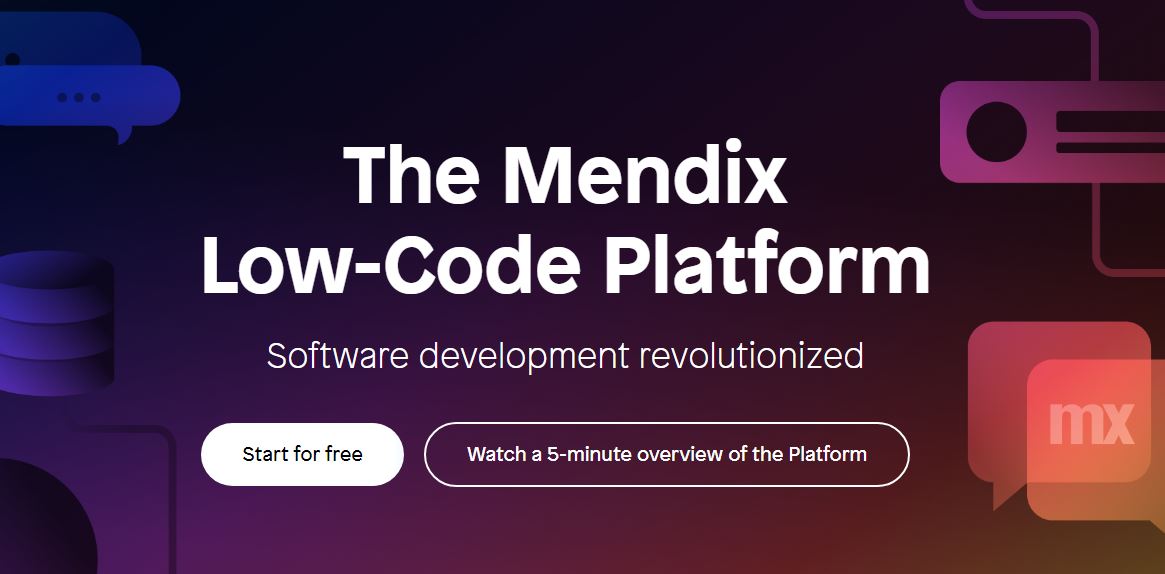This is a sponsored post by Ripple, Gold Sponsors of FinovateEurope in London, March 22 -23.

The blockchain industry saw some big changes last year, brought on by a maturing crypto landscape and the development of innovative new technologies.
Ripple set out to better understand and further analyze this rapid evolution through both primary and secondary research. Our work included surveying more than 2,000 global financial institutions, business, individuals and developers to uncover the key perceptions and trends related to the tokenization, management, and movement of digital assets, as well as the adoption of the core technologies that encompass and underpin these trends.
We are excited to bring you our hot-off-the-press 2022 report “New Value: Crypto Trends in Business and Beyond” which spotlights key findings on the current state of blockchain and digital asset applications, including their benefits, blockers, and future use cases. This report includes a large section on payments, but also expands beyond payments to help the industry better understand how crypto solutions more generally are being used in both financial and business applications worldwide, and, beyond business, by governments and individuals as well.
The report is divided into four sections:
- Tokenize: establishes the digital representation of value on the blockchain
- Manage: wields tokenized value through holding, hedging, staking, lending, borrowing, etc.
- Move: sends value from one place, person or organization to another, i.e. payments
- Compliance
And within these four sections, it covers a variety of critical topics across the crypto landscape today. These topics include the emergence of Non-Fungible Tokens (NFTs) and Central Bank Digital Currencies (CBDCs) — notoriety of the former grew rapidly while the latter remained largely in the research and development stage, though a number of countries are actively exploring the technology. While familiar to seasoned players in the space, the use of crypto for Decentralized Finance (DeFi), portfolio and capital management is advancing. And of course, payments leveraging crypto have continued to grow dramatically.
Industry Perception
As we’ve noted, the crypto and blockchain industry is maturing and with that, institutions and enterprises are realizing the potential benefits of applying this technology to their own organizations for a variety of use cases. Interestingly, enterprises tend to be more optimistic than financial institutions on the benefits of blockchain, the potential impacts and the enthusiasm to adopt this technology.
With last year’s explosion of popularity in NFTs, there is a growing number of interested individuals outside of what we’ve traditionally seen in this space. And there is a growing number of use cases that encompass functional NFTs (e.g. for ticketing, or voting) and business-oriented NFTs (e.g. representing real-world assets of various types). Given the agility and power of assets represented on the blockchain, the surge in creative use cases and interest among both individuals and businesses isn’t surprising.
Whether you are considering using CBDCs, NFTs, or cryptocurrencies, or anything else on a blockchain, sustainability should be taken into account. And, we confirmed, there is still a lot of progress to be made in educating consumers, institutions and businesses alike on the differences in carbon emissions between blockchains and the performance advantages of a sustainable blockchain.
Regional Perspectives
The report offers insight into interesting regional differences. Asia Pacific (APAC) is particularly optimistic about the value that blockchain technology can bring to individuals, businesses and institutions in the region. We highlight key findings around why APAC consumers are purchasing NFTs, the potential that APAC enterprises and financial institutions see in CBDCs, and more.
Research results draw parallels between our data on crypto’s positioning in Latin America (LATAM) and recent news of related current events in the region. New Value highlights the distinct stance LATAM financial institutions and businesses have taken on crypto related to payments, inflation and the impact this technology will have in the coming years. While respondents in Europe and North America see the value of these new technologies, they tend to be somewhat less optimistic about their impact than those in APAC or LATAM or MEA.
Looking Ahead
Findings from the New Value Report have far-reaching implications for more than just the financial services industry. Digital assets and the new technologies that drive them will have a profound impact on both the economy and the individual, the government and the artist, the enterprise and the unbanked, and everyone in between.
Download the report here for a comprehensive first look at the exponential climb toward the Internet of Value, and how crypto is paving the way.



















